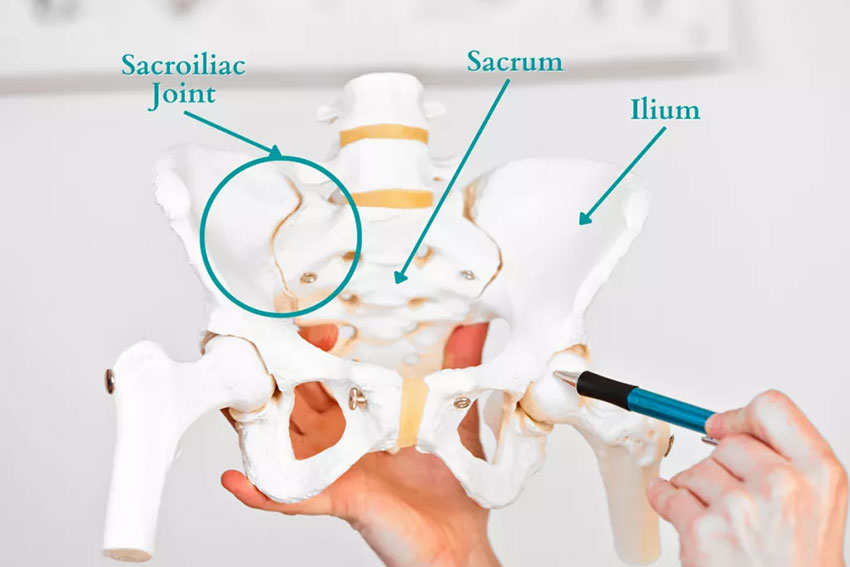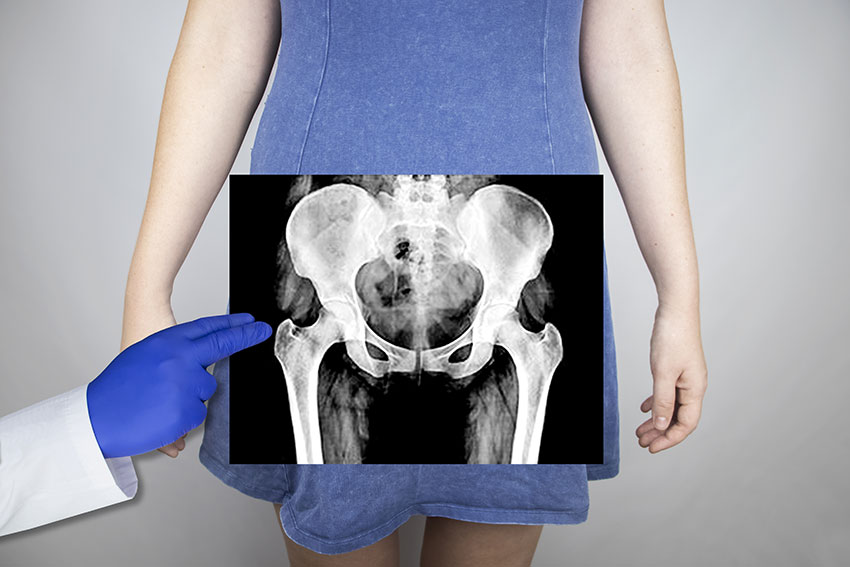Pelvic floor therapy is a specialized form of physical therapy that targets the muscles of the pelvic floor. These muscles support the pelvic organs and play a key role in the stability and function of the pelvis. Pelvic floor therapy can be particularly beneficial in treating pelvic pain, including pain arising from conditions such as sacroiliac (SI) joint dysfunction and pubic symphysis dysfunction. The therapy involves various techniques including manual therapies, exercises, and sometimes biofeedback to strengthen or relax pelvic muscles, improve flexibility, and reduce inflammation.



SI Joint Pain
For those suffering from SI joint pain, pelvic floor therapy helps by stabilizing the joint and alleviating the stress on it. The SI joint, where the spine meets the pelvis, can be a significant source of pain when it becomes unstable or misaligned. Pelvic floor therapists use exercises that specifically target the muscles supporting this joint, thereby enhancing joint stability and reducing discomfort. These exercises often focus on strengthening the core, hip muscles, and the pelvic floor itself, which collectively contribute to better pelvic alignment and function.
Pubic Symphysis Dysfunction
Pubic symphysis dysfunction, characterized by pain at the front of the pelvis where the pubic bones meet, is another area where pelvic floor therapy proves effective. This condition is often caused by instability or misalignment of the pubic symphysis. Pelvic floor therapists address this by applying manual techniques to reduce pain and exercises to strengthen the pelvic girdle muscles. By improving the support around the pubic symphysis, these therapeutic interventions can significantly reduce pain and enhance pelvic stability.
How Pelvic Floor Therapy Can Help
Overall, pelvic floor therapy provides a comprehensive approach to treating pelvic pain associated with SI joint and pubic symphysis dysfunction. Through a combination of manual therapy, tailored exercises, and patient education, this specialized therapy aims to restore pelvic health and improve quality of life. Patients learn how to manage their symptoms and prevent future episodes of pain, making pelvic floor therapy a vital tool in the treatment of complex pelvic conditions.
